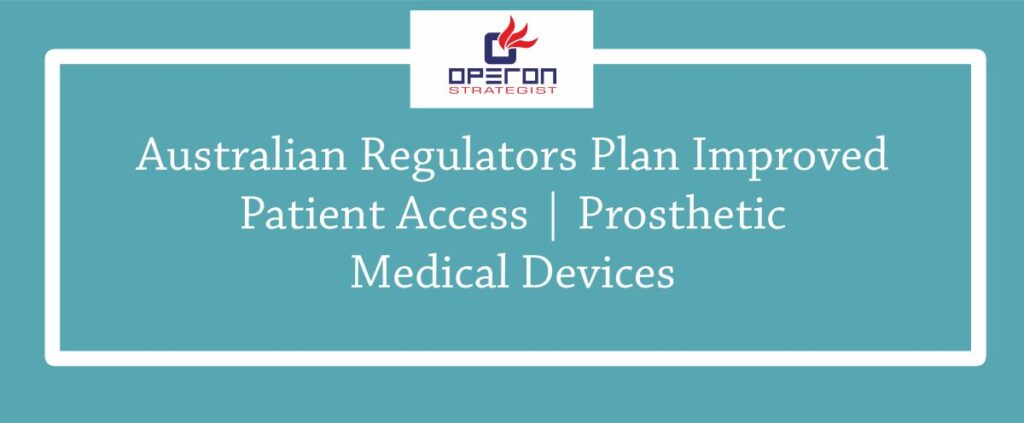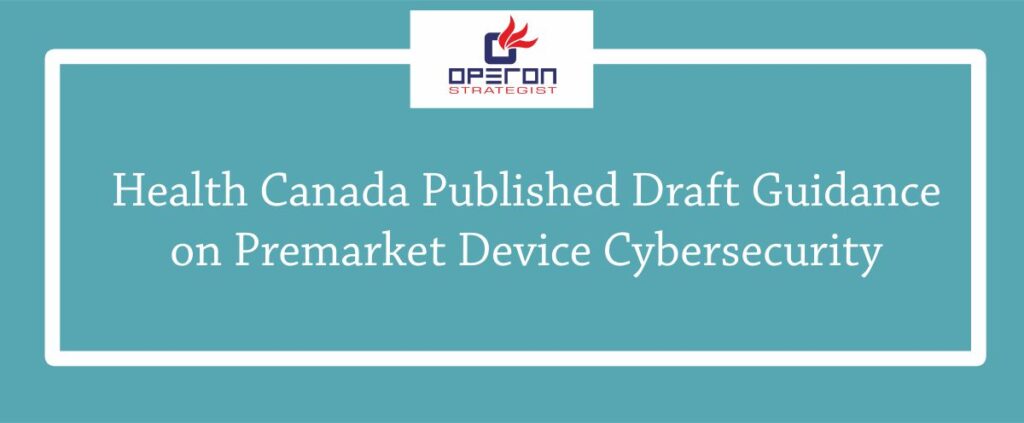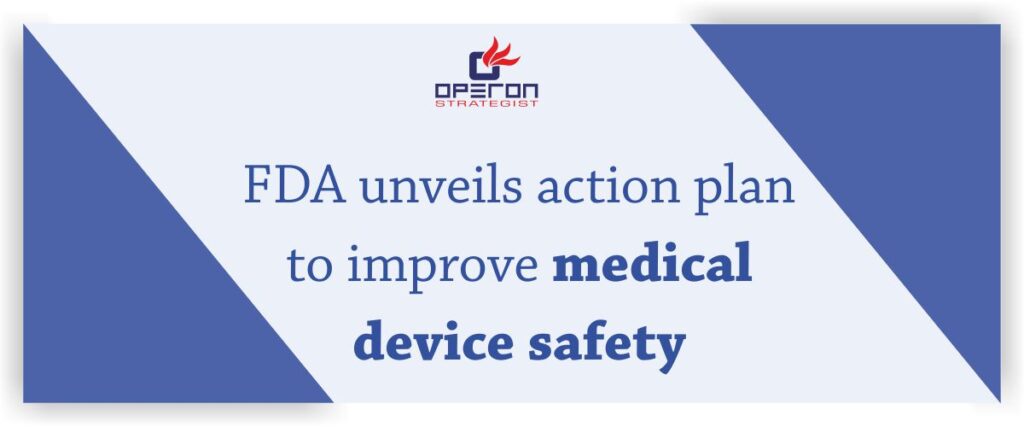The Australian healthcare system is compounded with a blend of public and private sector health service providers with a scope of financing and regulatory components including three levels of government; the Australian, State/Territory, and Local. The Australian Government has the essential part of developing broad national policies (especially in national issues like public health, research and national information management), regulation, and financing. The State and Territory Governments are essentially in charge for the delivery and management of public hospitals and health services as well and also an extensive variety of network and public health services, (for example, school health, dental health etc). They additionally keep a relationship with most health care providers. The local government is in charge of the supply of water management of waste, and food hygiene.
There is a broad contribution of the private sector in health services. The services are been provided to hospitals, general practitioners, specialists, consultant physicians, and other allied health professionals. Different agencies are associated with the private division which supplies the health services with the involvement of profit and non-profit organizations, voluntary agencies, large corporate operators, faith-based organizations and private health insurance funds.
For medical device purpose, there is a committee called the Medical Services Advisory Committee (MSAC) which was established in 1998. The MSAC role is to advise the Minister of Health on medical procedures for listing on the Medicare Benefits Schedule, including services and procedures related to diagnostic tests and medical devices. It also evaluates new medical technologies and procedures, based on evidence of their comparative safety, clinical effectiveness, and cost-effectiveness.
Regulation for Medical Devices in Australian Government
The Therapeutic Goods Administration (TGA) is the regulatory body for therapeutic goods in Australia and is involved in most of the stages of the life cycle of a new medical device before and after it is supplied to the market in Australia. The TGA’s regulatory requirements vary, depending on what the device is and how it is to be used. The risks associated with using medical devices to patients and users can range from little or low potential risk to significant potential risks. The level of assessment performed by the TGA before the device is approved for use in Australia directly relates to the level of potential risk. The key elements of the medical device regulatory scheme include:
- Product requirements for the quality, safety, and performance of the medical device before and after the device is supplied to the market in Australia
- A device classification scheme based on different levels of risk. This is similar to those found in other countries
- The optional use of recognized standards
- Ongoing monitoring of medical devices that are available on the market
- Regulatory controls for the manufacturing processes of medical devices
- The Australian Register of Therapeutic Goods (ARTG) as the central point of control for the legal supply of medical devices in Australia
- The provision for imposing penalties where regulatory requirements are breached
- A range of corrective actions that may be taken if there is a problem with a device
The Australian medical technology industry had a total annual turnover of AUD$10 billion in 2012 (which included expenditure on aids, appliances, major medical equipment, and medical and surgical supplies, including surgically-implanted prostheses and homograft items)
The Review also established the Prostheses List Advisory Committee (PLAC) to replace the Prostheses & Devices Committee. The primary role of the PLAC is to manage the Australian Prostheses List (PL) which comprises over 10,000 implantable devices eligible for reimbursement by private health funds. Whereas MSAC reviews and determines the listed price of services provided in the delivery of tests or devices, the PLAC does not determine the reimbursement benefit for the medical technology itself. Implantable medical devices are reviewed by the PLAC and a benefit is assigned for the device itself.
Prostheses List Advisory Committee (PLAC) is appointed by the Minister of Health, the PLAC is responsible for setting the reimbursed price of implantable medical devices and human tissue for the private health care system. Private health funds are required by law to pay mandatory benefits for implantable prostheses that are provided as part of an inpatient episode of hospital care where a Medicare benefit is payable for the associated service or procedure (surgery). There are more than 10,000 devices listed on the PL. The PL does not include external prostheses such as leg extensions, wigs etc. Like MSAC, the PLAC provides advice to the Minister.
The Australian Department of Health will start distributing its Prostheses List of prosthetic medical devices beginning in 2019 to address patient access and manufacturer repayment issues.
The Health Department declared that the Australian Therapeutic Goods Administration (TGA) will distribute the Prostheses List three times each year (March, July and November), up from twice in a year as of now. Constant list updates will enhance privately insured patients access to new prosthetic devices and technologies, as per the Australian government.
More updates to the Prostheses List additionally have suggestions for private insurance providers working in Australia, as they should pay required advantages for any device incorporated into the list.
The difference to Prostheses List Committee and Panel Schedules
To encourage more constant Prostheses List production plans, the Health Department is additionally changing gathering calendars and prerequisites for groups associated with the listing procedure.
- Clinical Advisory Groups (CAGs) will keep on meeting two times every year, yet should get new Prostheses List applications no later than a six weeks before meetings.
- List applicants ought to present their applications for consideration by the Panel of Clinical Experts no later than nine weeks preceding its December 13, 2018, meeting of the Prostheses List Advisory Committee.
- Applications for exchanging, copying or erasing listings must be submitted before February 11, 2019.
- Pending Australian Register of Therapeutic Goods (ARTG) applications must have received certificates from the TGA by February 11, 2019, with a specific end goal to experience audit for the March 2019 production of the Prostheses List.
- adminhttps://operonstrategist.com/author/admin-2/
- adminhttps://operonstrategist.com/author/admin-2/
- adminhttps://operonstrategist.com/author/admin-2/
- adminhttps://operonstrategist.com/author/admin-2/




